Demystifying Decentralized Applications: A Beginner’s Guide
In recent years, there has been a growing buzz around decentralized applications, commonly known as dApps. These innovative applications have gained significant attention due to their potential to disrupt traditional centralized systems across various industries. In this beginner’s guide, we will delve into the world of dApps, exploring what they are, how they work, their advantages, and potential limitations.
What Are Decentralized Applications?
A decentralized application, or dApp, is an application that operates on a decentralized network, usually built on blockchain technology. Unlike traditional applications that rely on a centralized server, dApps distribute their functionality across a network of nodes, making them more resilient, transparent, and resistant to censorship.
dApps are typically open-source, meaning their code is accessible to anyone. This allows for community collaboration, security audits, and innovation, creating a more inclusive and trustworthy ecosystem. Developers and users interact with these applications through a user interface, much like any other application.
How Do dApps Work?
Under the hood, dApps leverage blockchain technology to function. Blockchain is a distributed ledger that records and verifies transactions across a network of computers, ensuring transparency and immutability. It consists of a chain of blocks, where each block holds a collection of transactions.
When it comes to dApps, they usually operate on a specific blockchain platform, such as Ethereum, EOS, or Tron. These platforms provide developers with the necessary tools and frameworks to build and deploy their applications.
Smart contracts, self-executing contracts with predefined rules, play a crucial role in enabling the functionality of dApps. Smart contracts are written in programming languages specific to the chosen blockchain platform and are stored within the blockchain itself. They automatically execute the agreed-upon terms and conditions when specific conditions are met, ensuring trust and eliminating the need for intermediaries.
Advantages of Decentralized Applications
1. Enhanced Security and Transparency: Since dApps operate on decentralized networks, they are inherently more secure. The distributed nature of dApps makes them less susceptible to hacking, as data is stored across multiple nodes rather than a single server. Additionally, the transparency provided by blockchain technology enables users to verify transactions and actions, reducing the potential for fraud or manipulation.
2. Improved Privacy: Unlike traditional applications that often require users to share personal data, dApps prioritize user privacy. Through cryptography, dApps allow users to stay in control of their data, only sharing what is necessary for a specific task. This shift in control and ownership of personal information promotes privacy and data sovereignty.
3. Elimination of Intermediaries: By leveraging smart contracts, dApps eliminate the need for intermediaries, such as banks or government agencies, which are common in centralized systems. This not only reduces costs but also increases efficiency and speed of transactions. Additionally, the removal of intermediaries may result in more equitable systems, as users can directly interact with each other on a peer-to-peer basis.
4. Incentivized Participation: Many dApps integrate native tokens or cryptocurrencies into their ecosystems. These tokens serve various purposes, such as facilitating transactions, participating in governance, or rewarding users for contributing resources to the network. This incentivization model encourages users to actively engage with dApps and contribute to their growth, creating a dynamic and vibrant community.
Limitations of Decentralized Applications
While dApps offer numerous advantages, there are a few limitations to consider:
1. Scalability: As of now, scalability remains a challenge for blockchain platforms and dApps. The transaction throughput of most blockchains is significantly lower compared to centralized systems. This can result in slower transaction times and higher fees during periods of high network activity.
2. User Experience: Due to their decentralized nature, some dApps may have a steeper learning curve or a less intuitive user experience compared to their centralized counterparts. However, efforts are being made by developers to improve the user interface and make dApps more user-friendly.
3. Regulatory Challenges: The decentralized nature of dApps can pose challenges for regulatory bodies, as they have less control and oversight. This raises questions around compliance, taxation, and legal responsibilities, which are still being addressed by governments worldwide.
Frequently Asked Questions (FAQs)
Q1: Can I access dApps through my regular web browser?
A: Yes, you can access dApps through your regular web browser. However, to interact with certain functionalities like signing transactions, you may need a browser extension or a dedicated dApp browser.
Q2: Are all dApps built on blockchain technology?
A: Yes, dApps are primarily built on blockchain technology to ensure transparency, immutability, and security. However, some new emerging technologies are exploring alternative solutions for decentralized applications.
Q3: How are dApps funded?
A: dApps can be funded through various methods, including crowdfunding, initial coin offerings (ICOs), venture capital investments, or revenue generated from the application itself.
Q4: Are dApps only used for financial purposes?
A: While dApps gained initial popularity in the financial sector, they can be built for various purposes. Today, there are dApps available for gaming, social networking, supply chain management, and much more.
Q5: Are all dApps open-source?
A: Most dApps are open-source, allowing for community collaboration and innovation. However, some dApps may choose to keep certain parts of their code proprietary for competitive reasons.
Conclusion
Decentralized applications offer a glimpse into the future of technology by providing enhanced security, privacy, and eliminating the need for intermediaries. By leveraging blockchain technology and smart contracts, dApps empower individuals and communities to build innovative and transparent systems. Although there are challenges to overcome, the potential benefits of dApps are undeniable, making them an exciting field to watch as the technology continues to evolve.
More in this category ...
Ripple companions with SBI Group and HashKey DX for XRPL answers in Japan
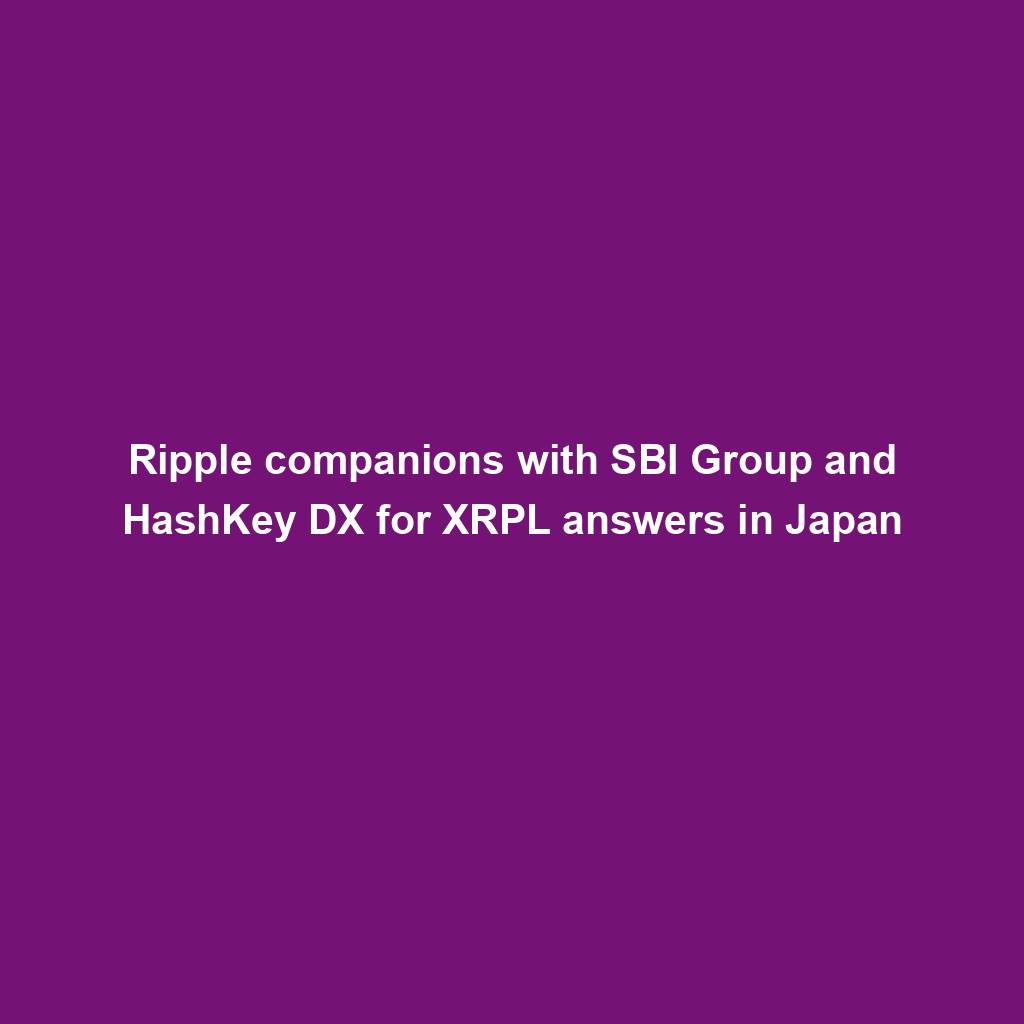
April sees $25M in exploits and scams, marking historic low ― Certik
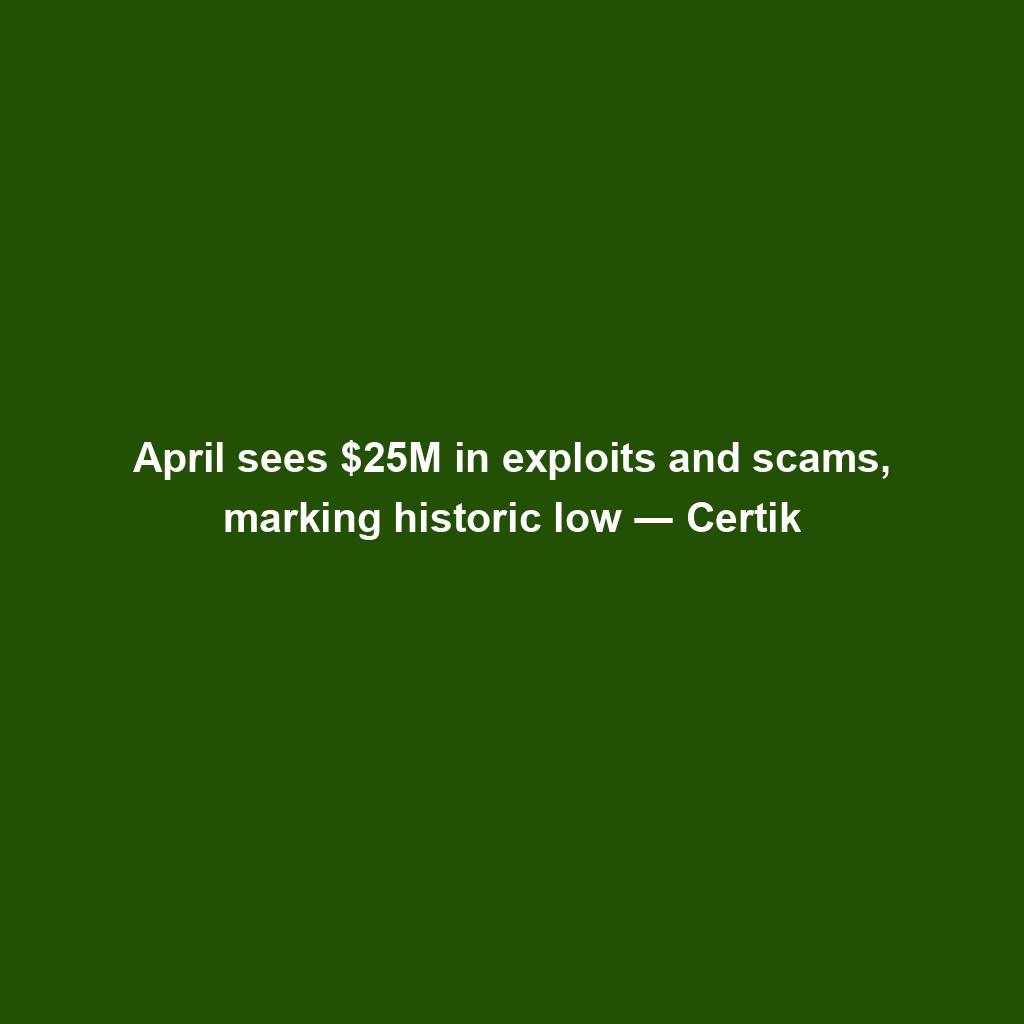
MSTR, COIN, RIOT and different crypto shares down as Bitcoin dips
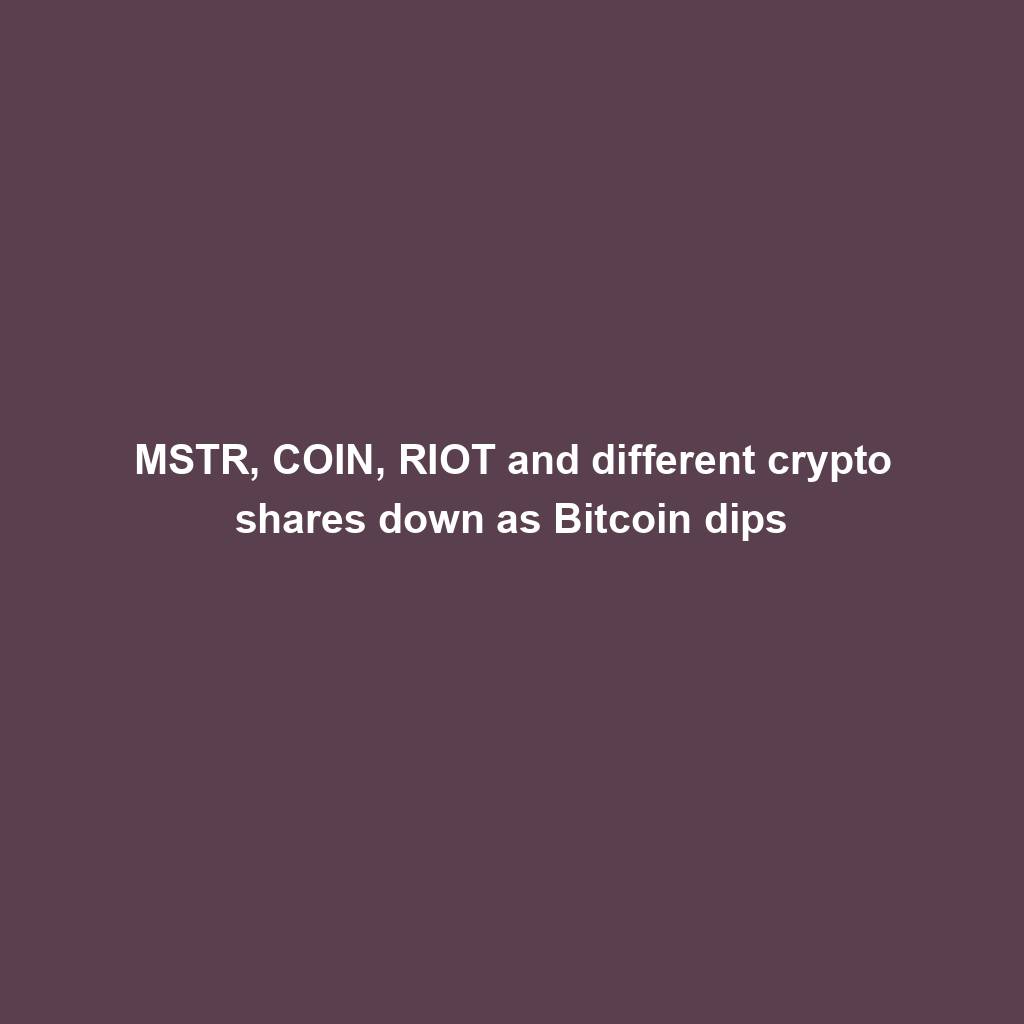
EigenLayer publicizes token release and airdrop for the group
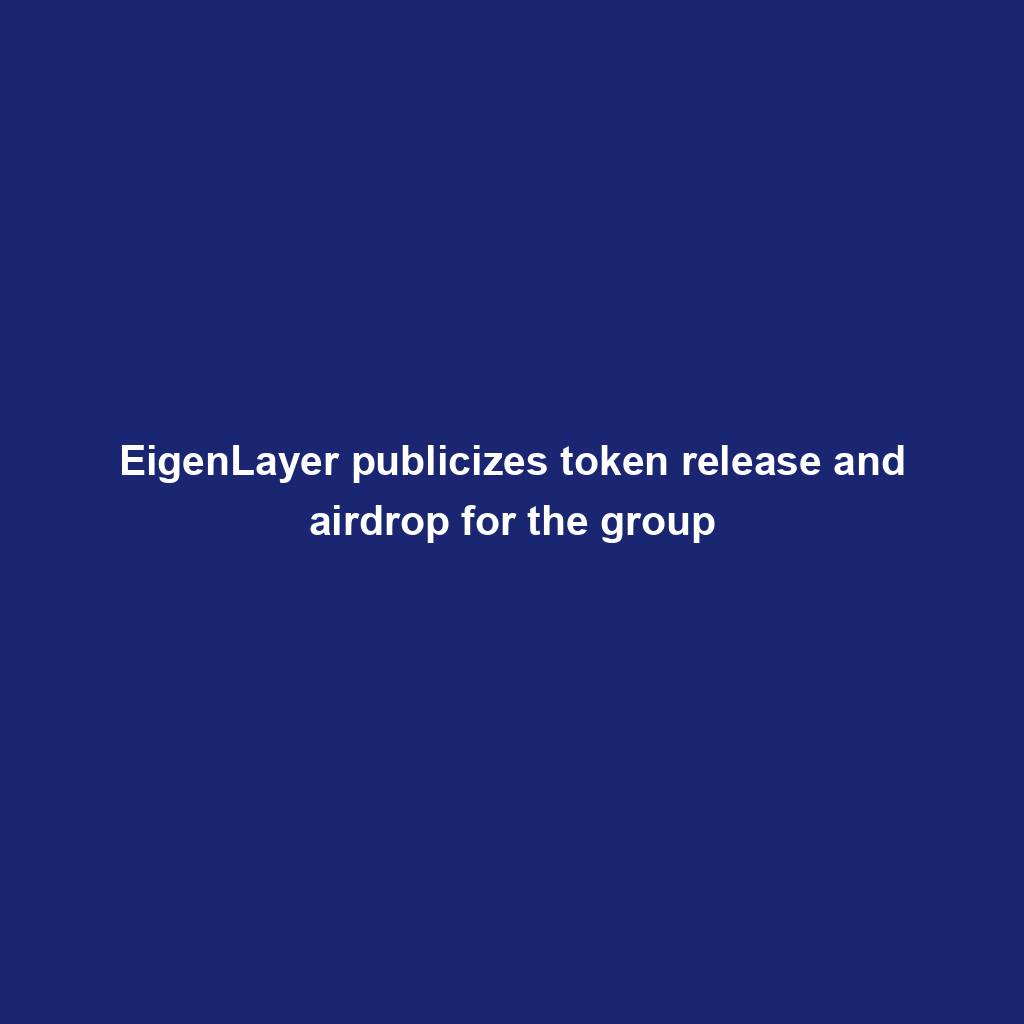
VeloxCon 2024: Innovation in knowledge control

Successful Beta Service release of SOMESING, ‘My Hand-Carry Studio Karaoke App’

Dogwifhat (WIF) large pump on Bybit after record reasons marketplace frenzy
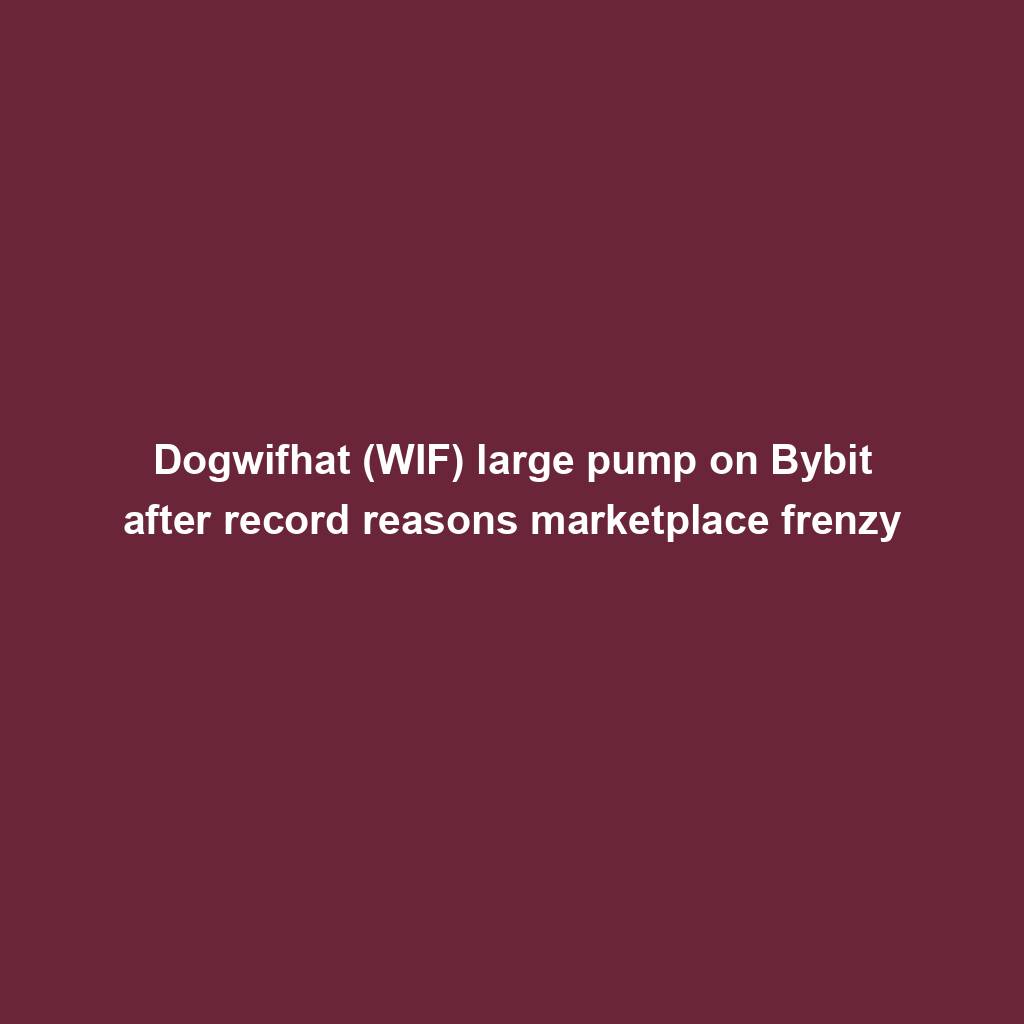
How fintech innovation is riding virtual transformation for communities around the globe
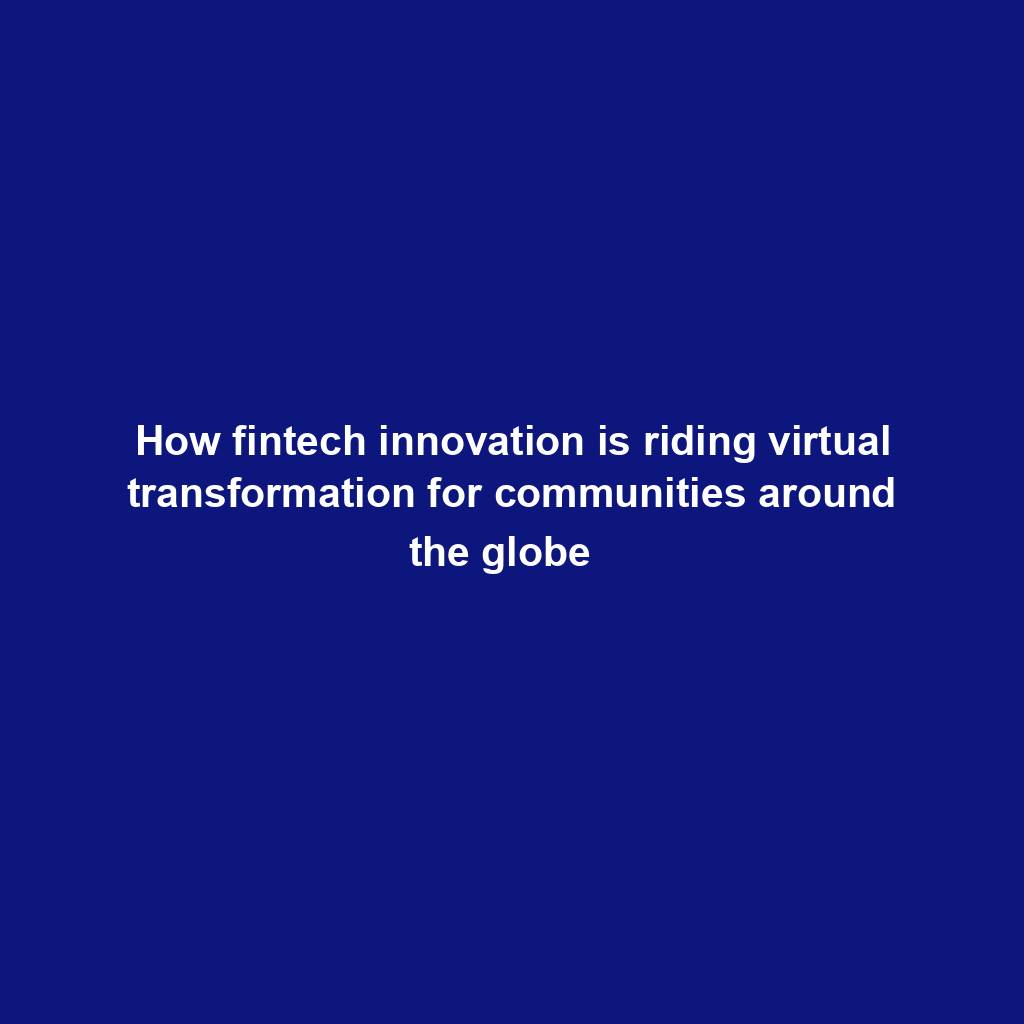
Wasabi Wallet developer bars U.S. customers amidst regulatory considerations
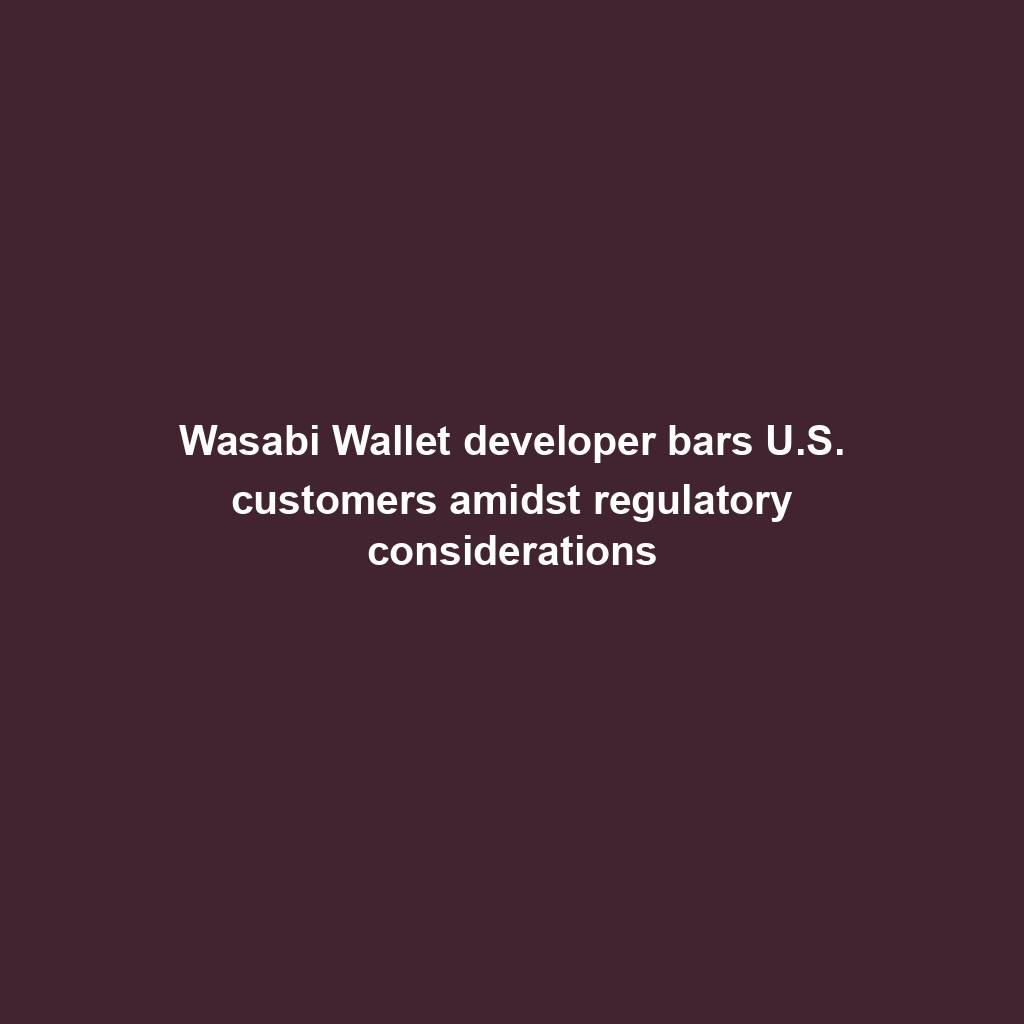
Analyst Foresees Peak In Late 2025
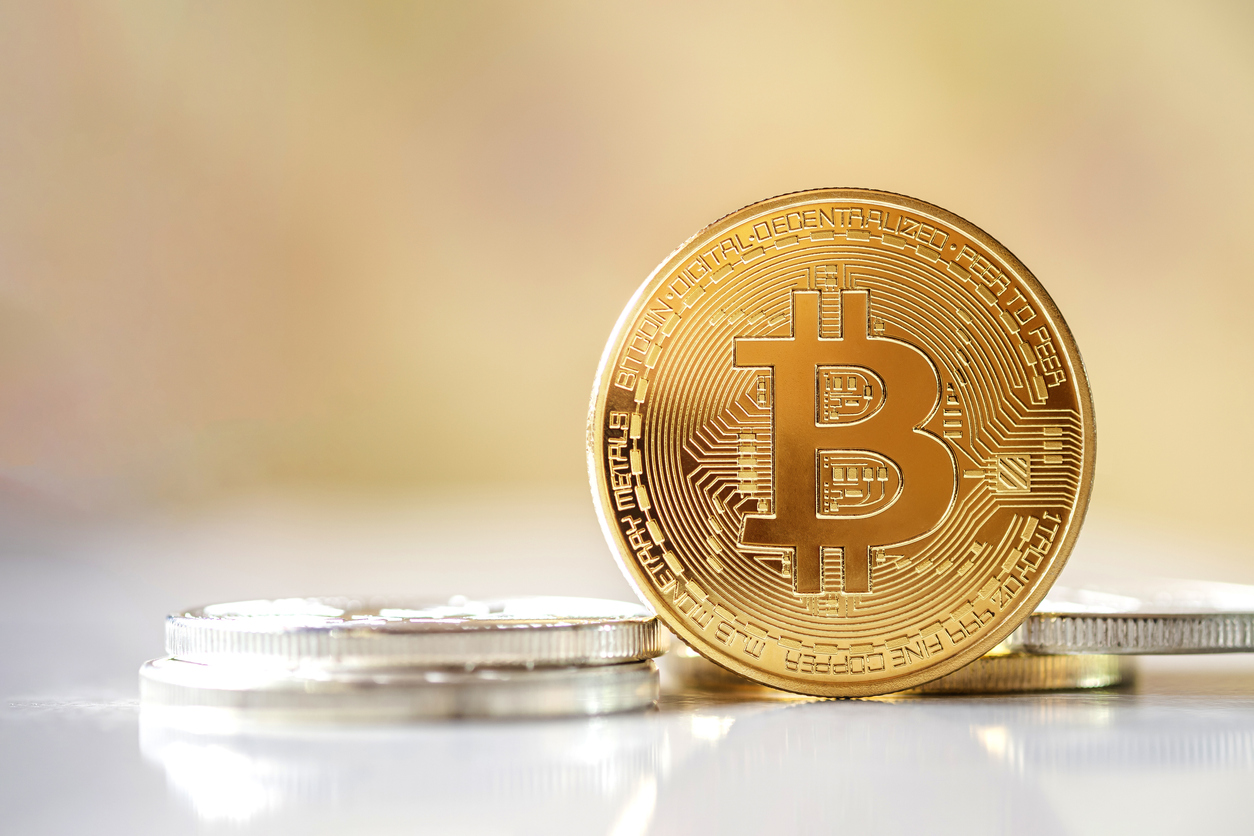
Solo Bitcoin miner wins the three.125 BTC lottery, fixing legitimate block
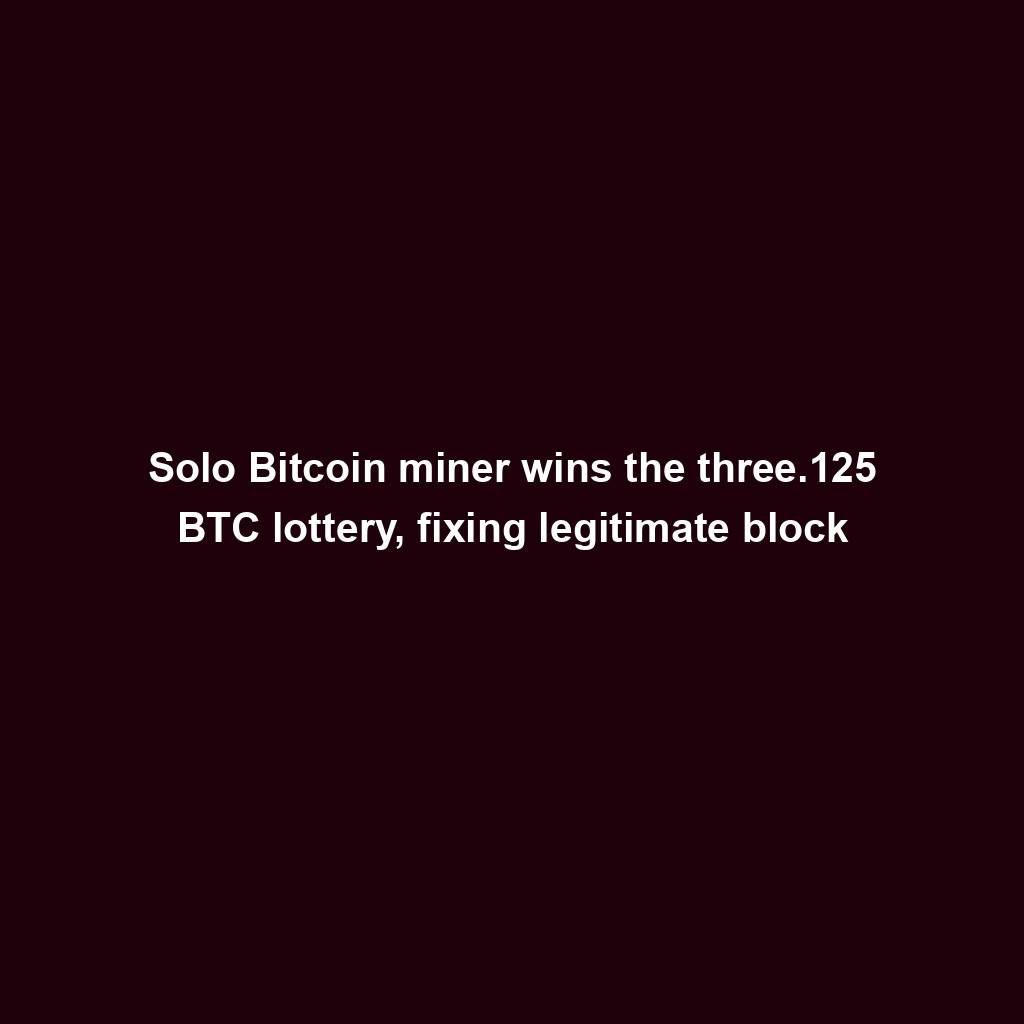
Ace Exchange Suspects Should Get 20-Year Prison Sentences: Prosecutors

Google Cloud's Web3 portal release sparks debate in crypto trade
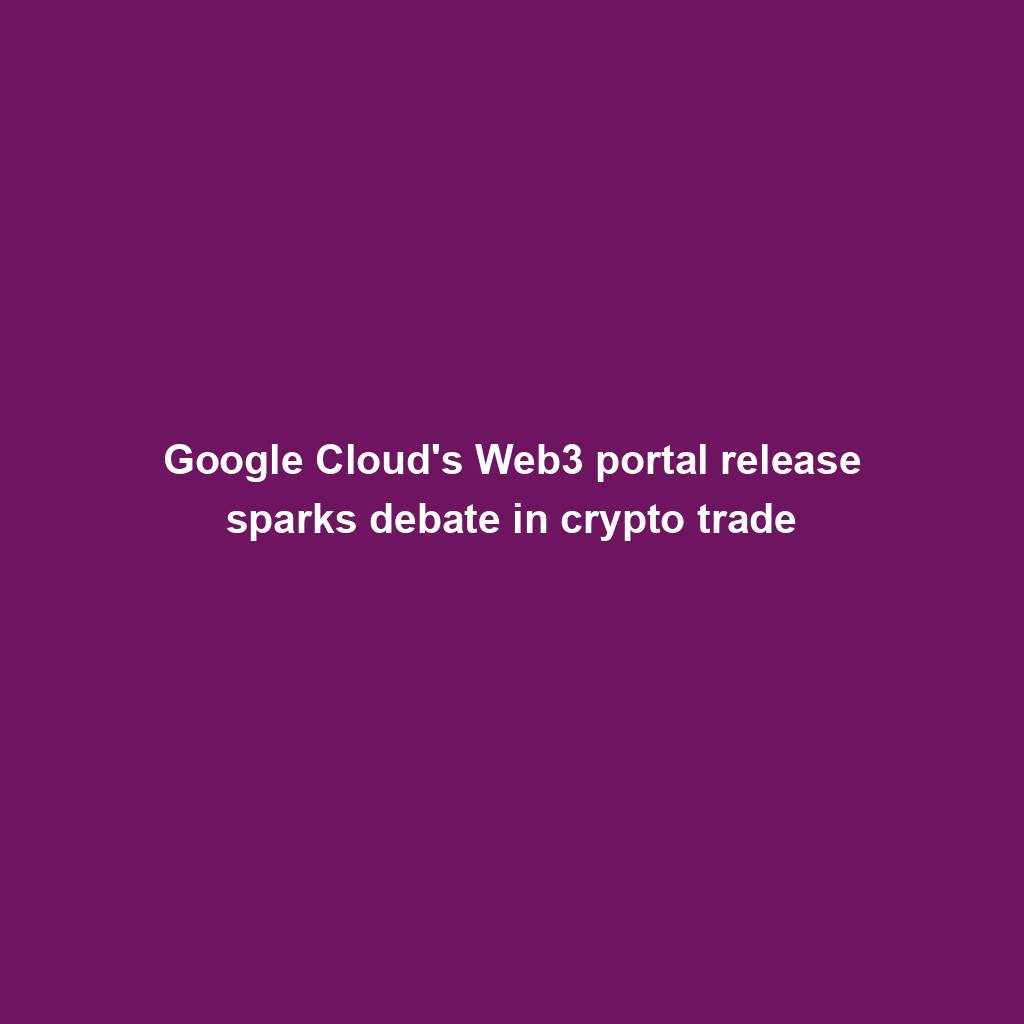
Bitcoin Primed For $77,000 Surge
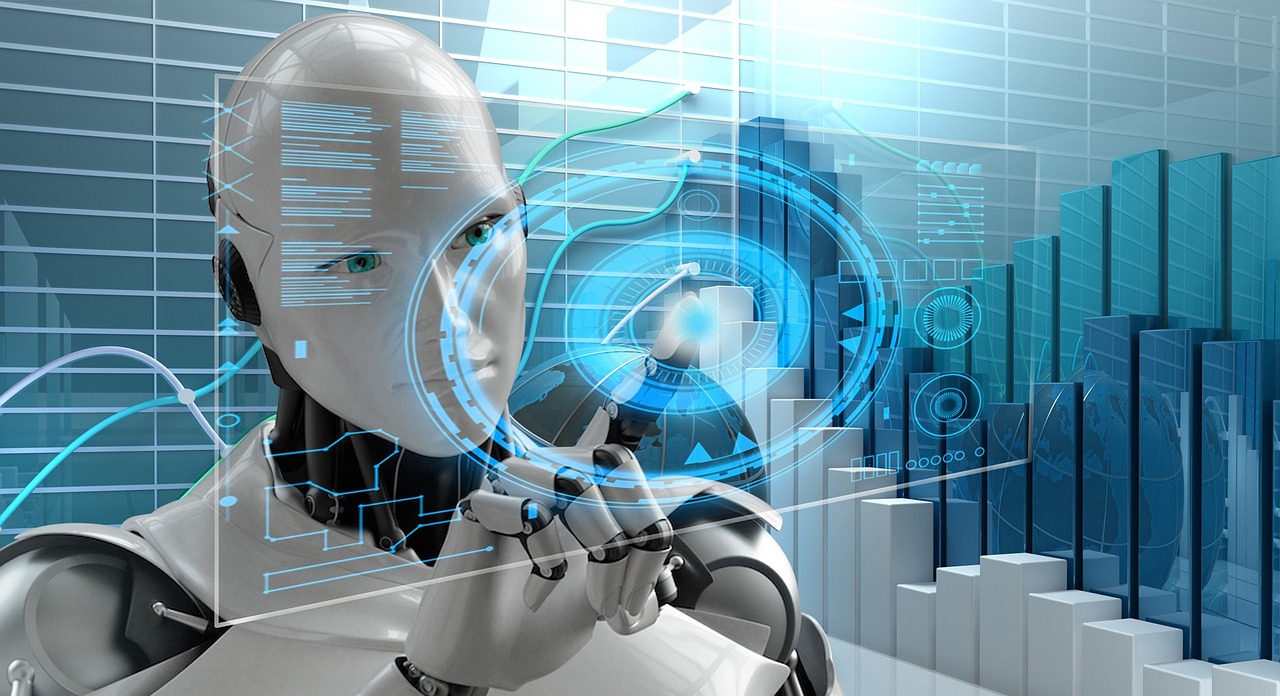
Bitbot’s twelfth presale level nears its finish after elevating $2.87 million

PANDA and MEW bullish momentum cool off: traders shift to new altcoin

Commerce technique: Ecommerce is useless, lengthy are living ecommerce

Republic First Bank closed by way of US regulators — crypto neighborhood reacts
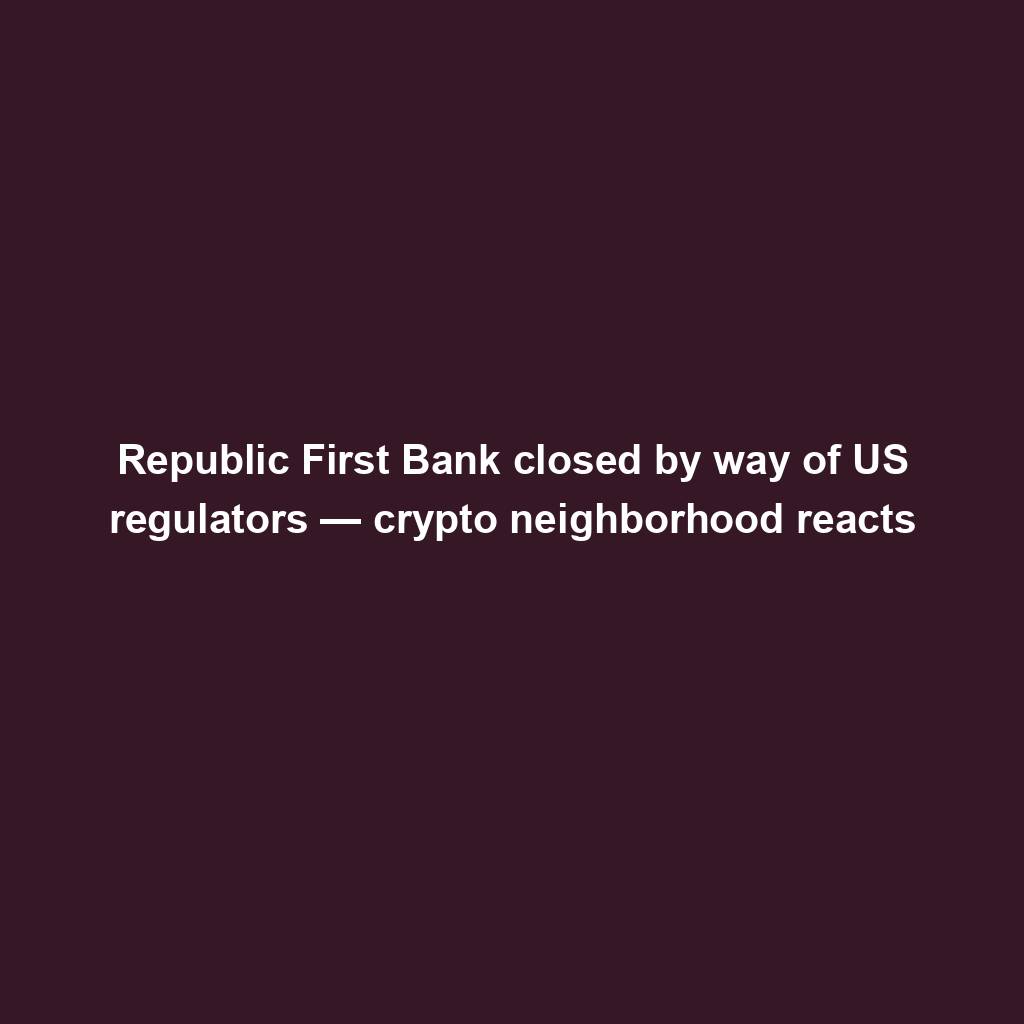
China’s former CBDC leader is beneath executive investigation
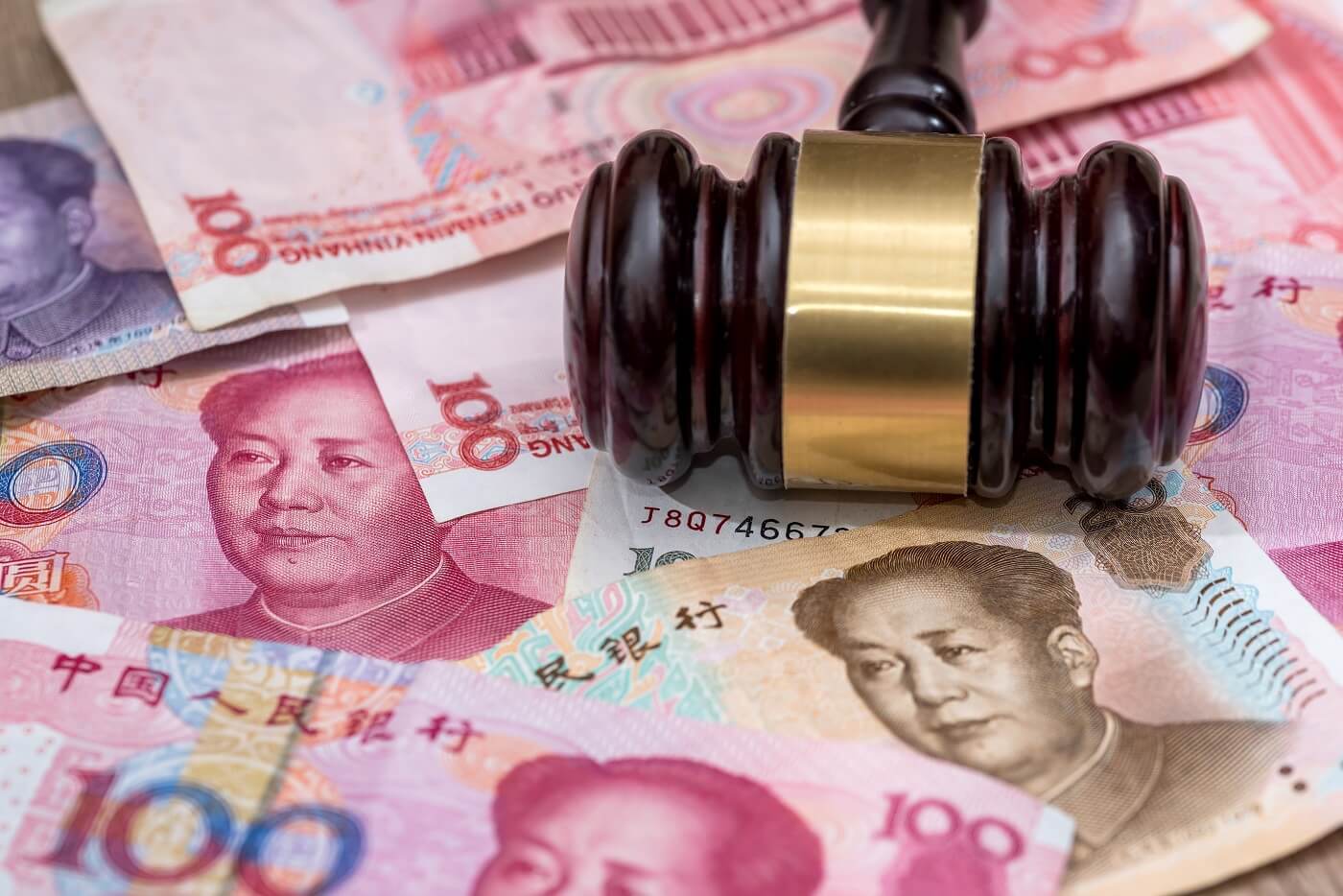
Bigger isn’t all the time higher: How hybrid Computational Intelligence development permits smaller language fashions
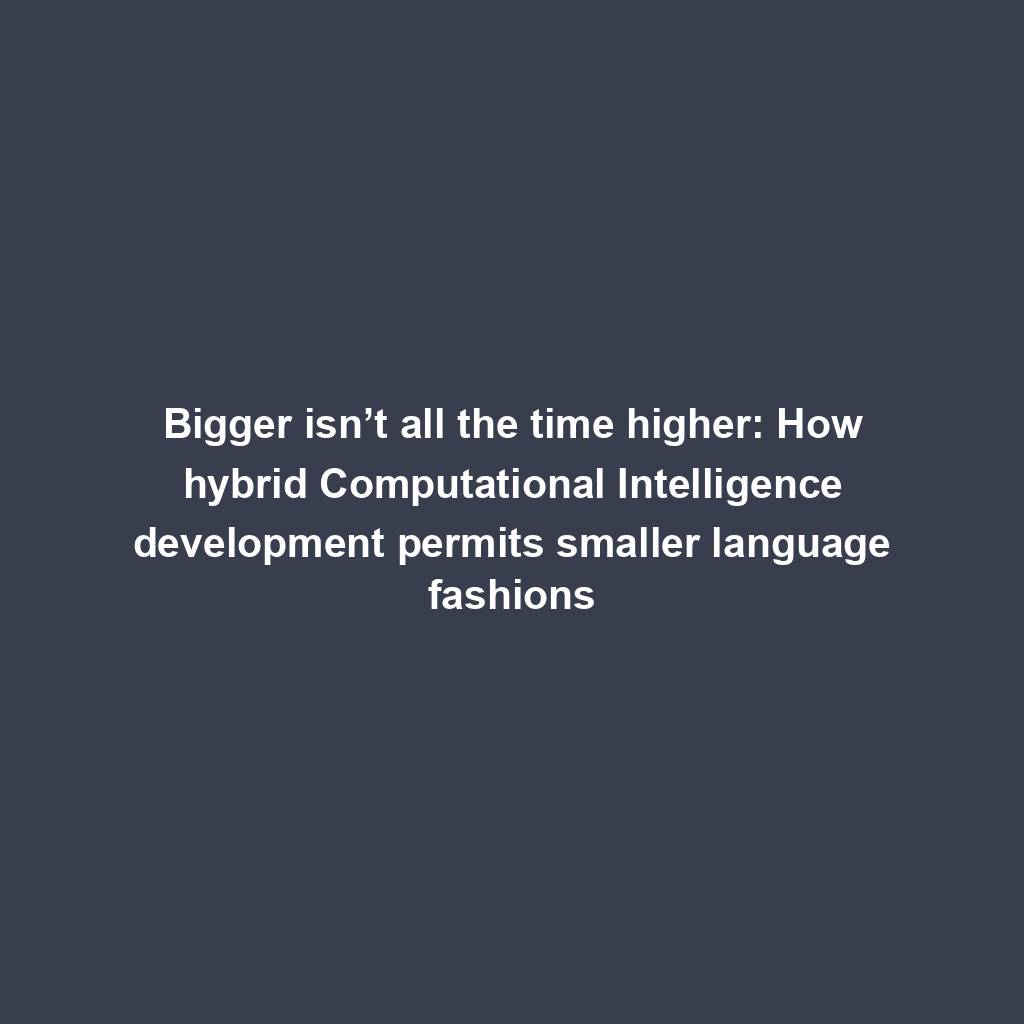
Pantera Capital buys extra Solana (SOL) from FTX
Successful Beta Service release of SOMESING, ‘My Hand-Carry Studio Karaoke App’

SEC sues Bitcoin miner Geosyn Mining for fraud; Bitbot presale nears $3M

Business procedure reengineering (BPR) examples

85% Of Altcoins In “Opportunity Zone,” Santiment Reveals
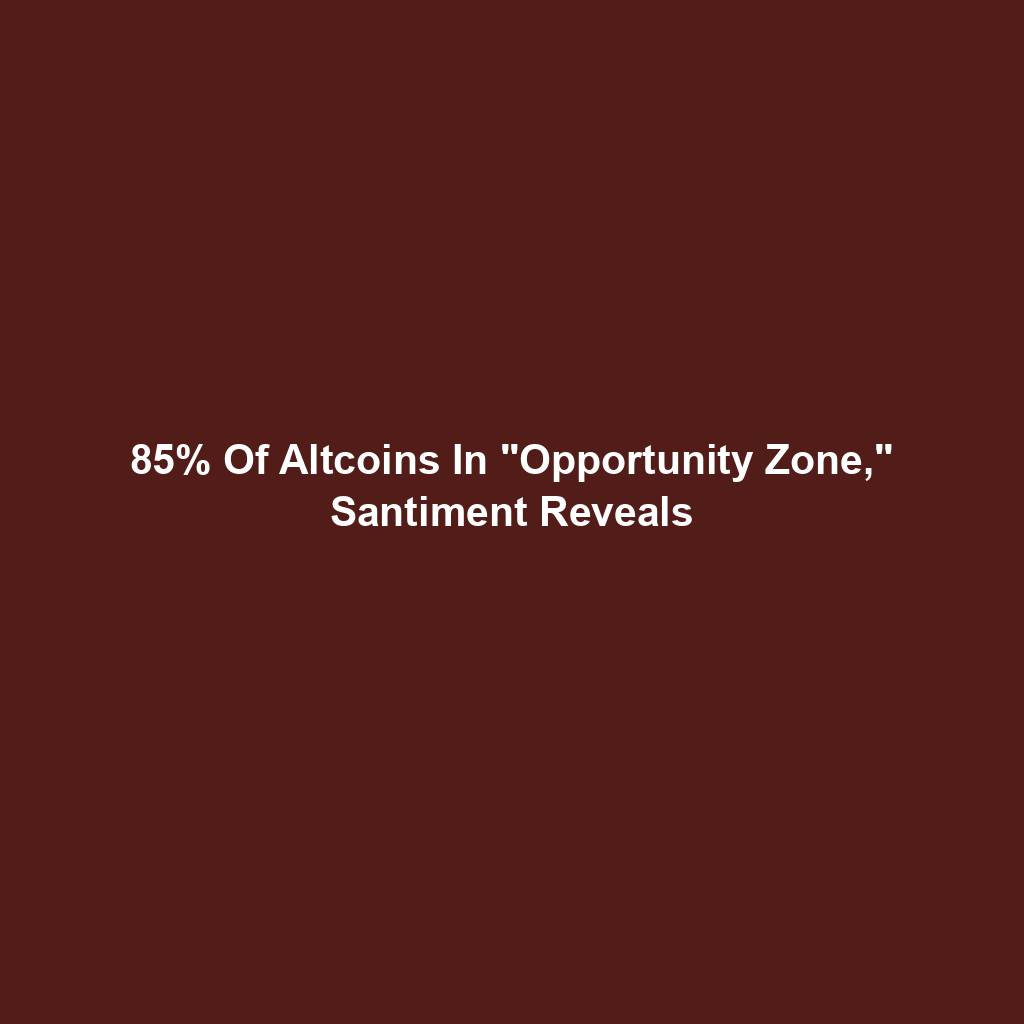
Sam Altman’s Worldcoin eyeing PayPal and OpenAI partnerships
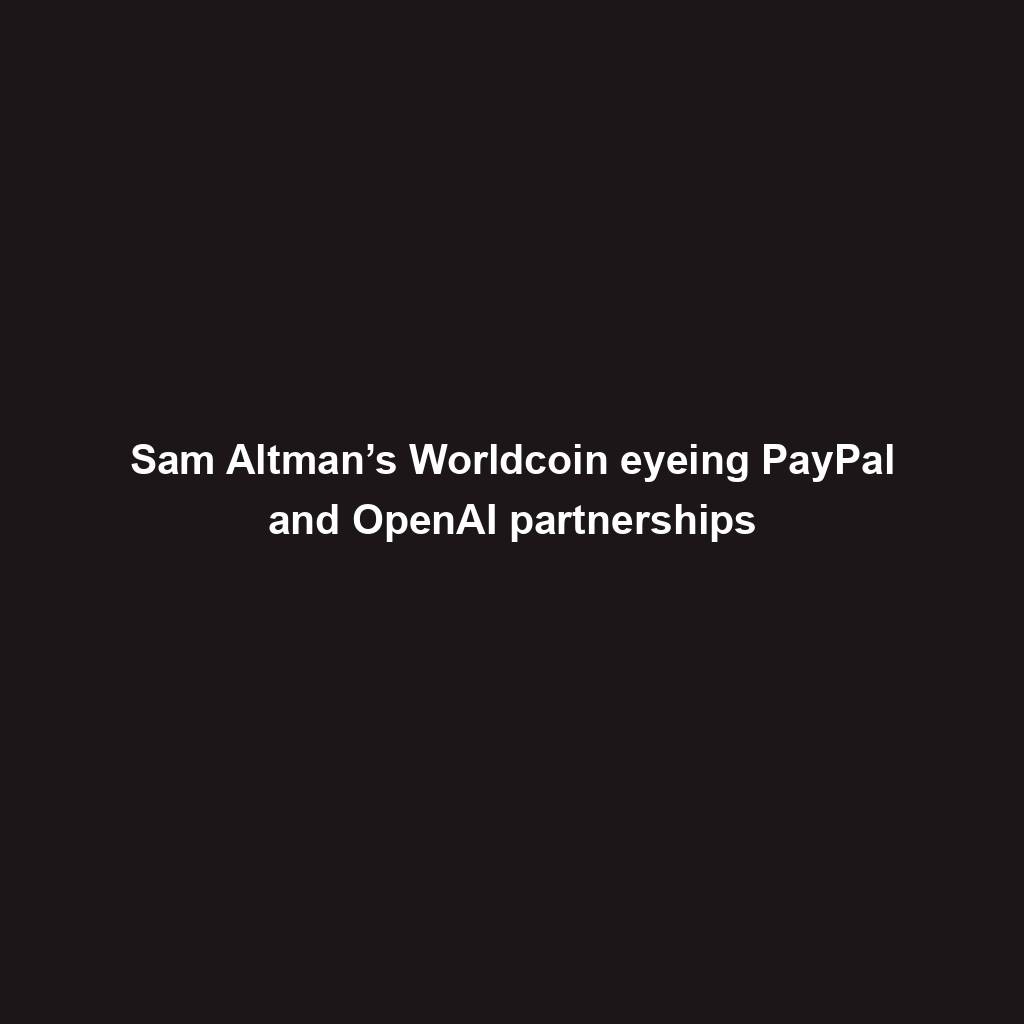
Artificial Intelligence transforms the IT strengthen enjoy
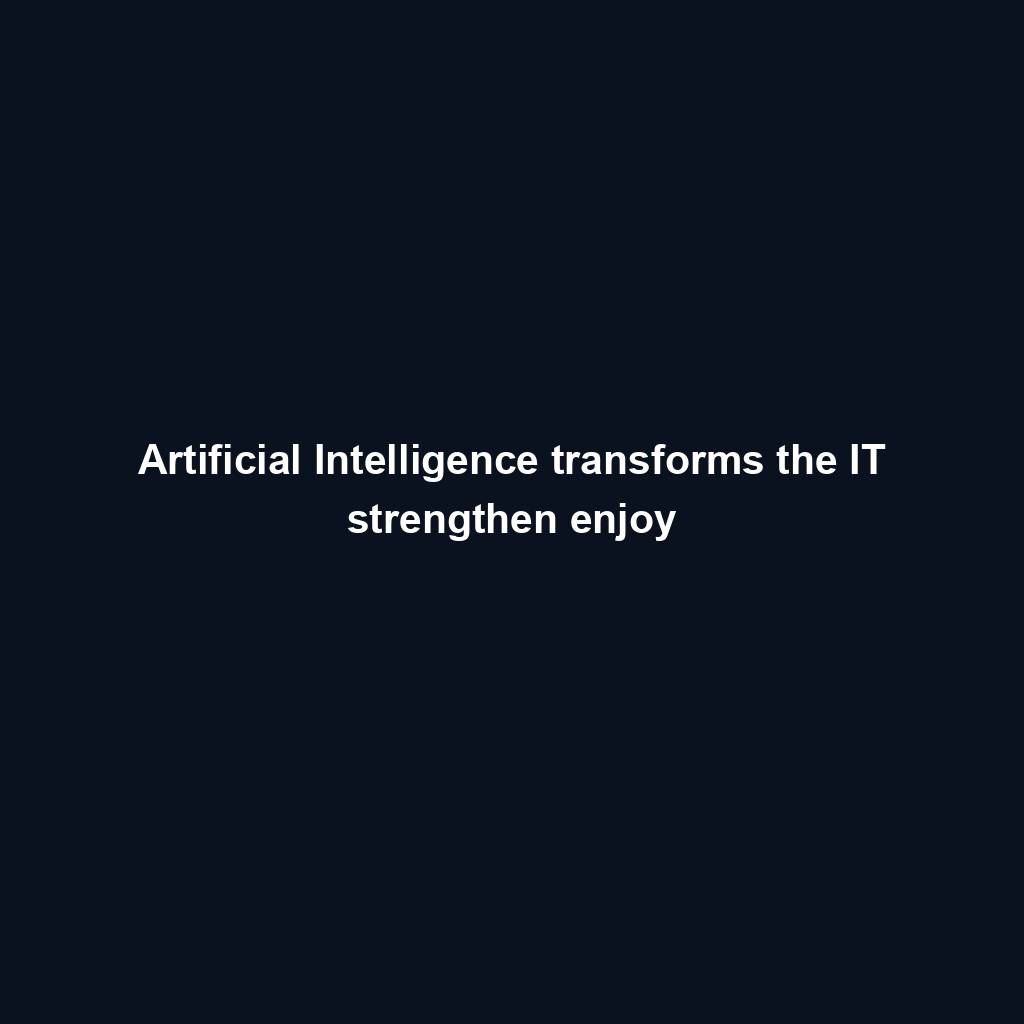
Franklin Templeton tokenizes $380M fund on Polygon and Stellar for P2P transfers
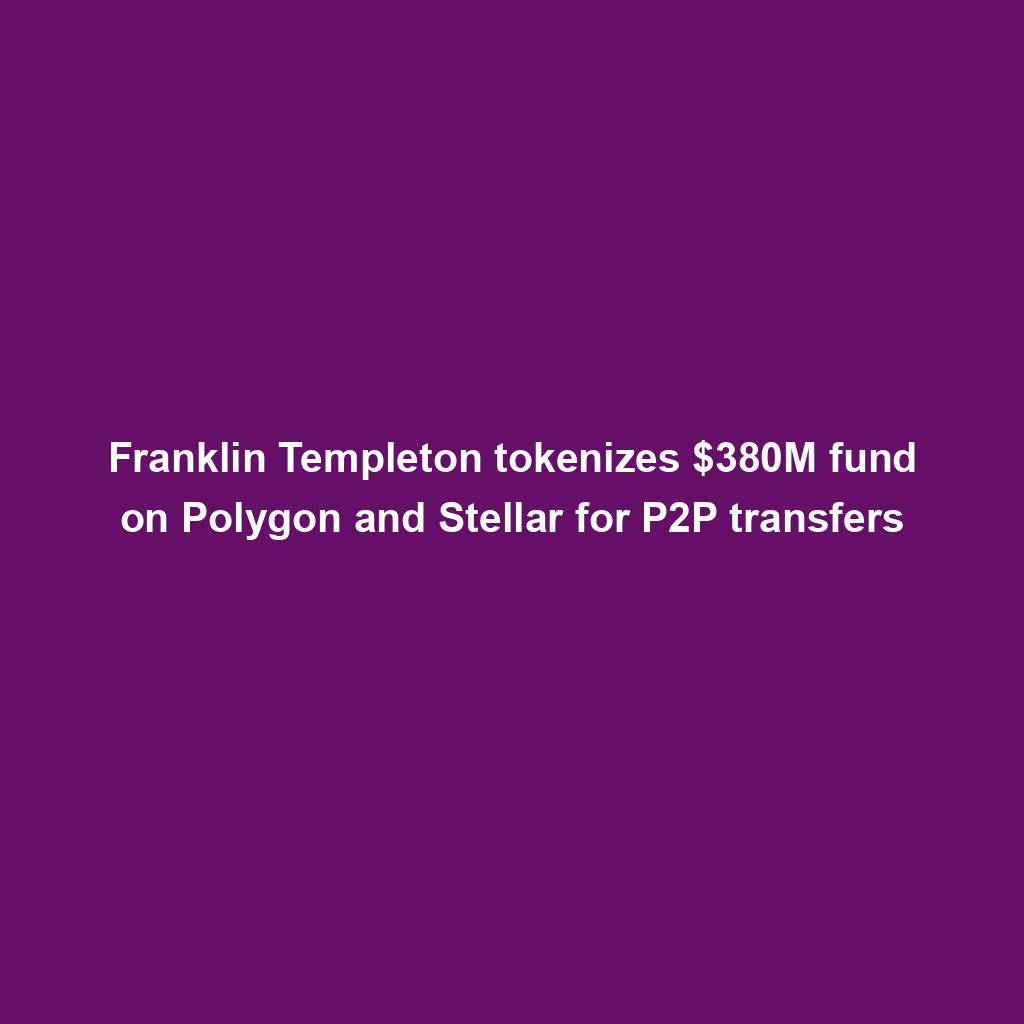
Meta’s letting Xbox, Lenovo, and Asus construct new Quest metaverse {hardware}
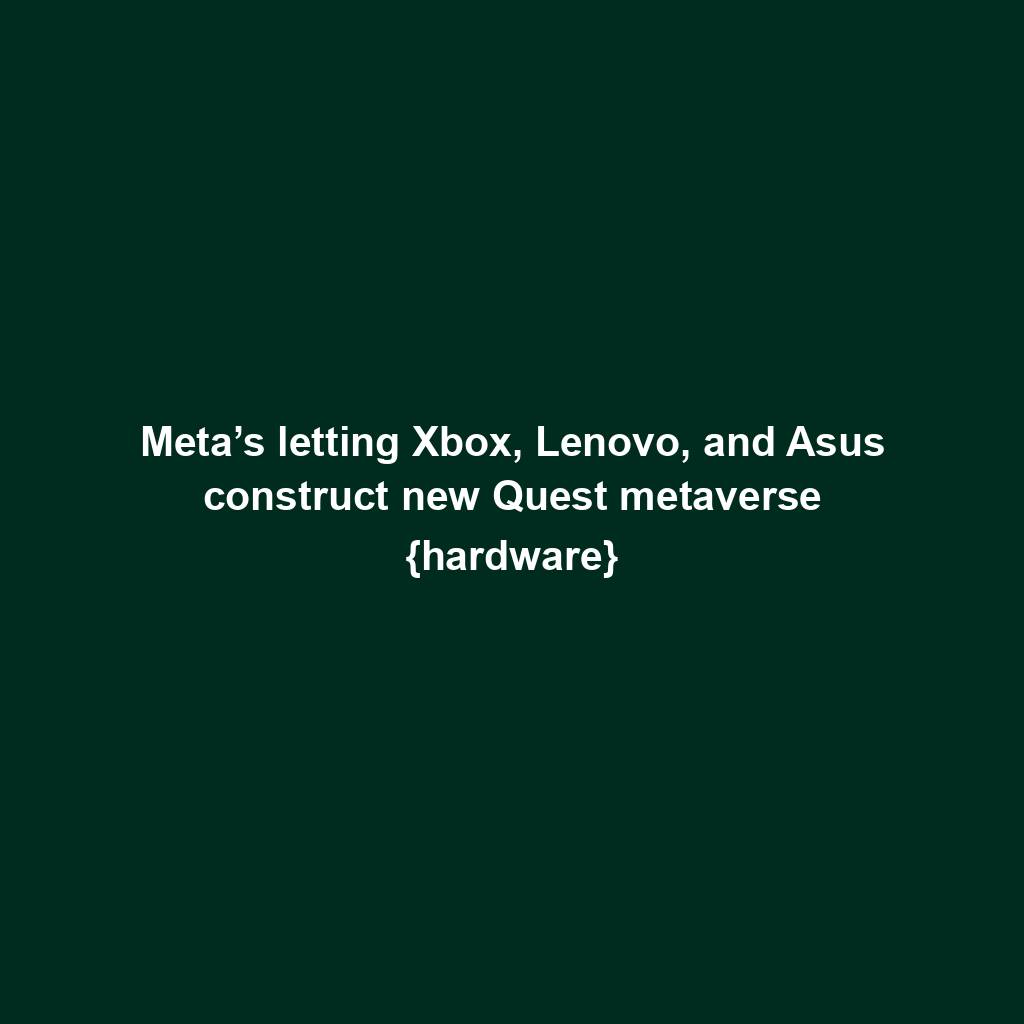
Shiba Inu (SHIB) unveils bold Shibarium plans as Kangamoon steals the display
